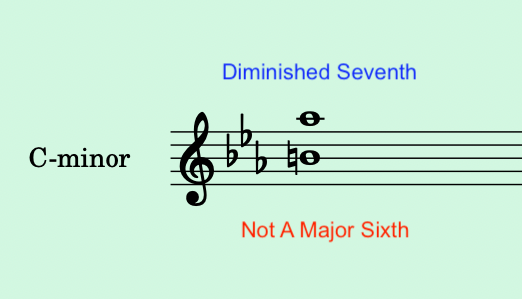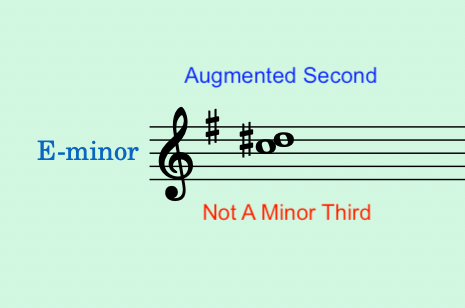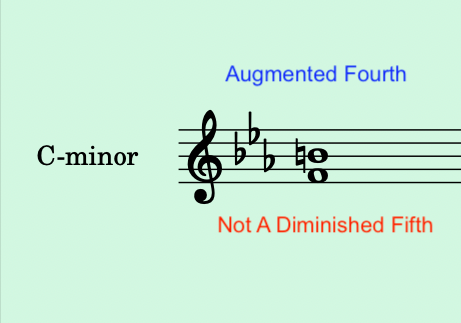
Enharmonic Intervals
Music Theory Lesson: Understanding Enharmonic Intervals
Objective: To explore the concept of enharmonic intervals, their identification, and significance in music theory and composition.
Introduction to Enharmonic Intervals
Definition: Enharmonic intervals are two intervals that sound the same but are spelled differently. They occur due to the enharmonic equivalence in notes (e.g., C# sounding the same as Db).
Explaining Enharmonic Equivalence
- Enharmonic Equivalence:
- This occurs when two differently named notes (like G# and Ab) sound the same in pitch.
- Contextual Use:
- The choice between enharmonic equivalents depends on the key signature and the melodic context of the music.
Types of Enharmonic Intervals
- Augmented and Diminished Intervals:
- An augmented second (e.g., C to D#) and a minor third (e.g., C to Eb) are enharmonically equivalent. If we are in the key of E-minor the proper interval spelling will be the first one, an augmented second (C to D#) where C is on the 6th degree and D# on the 7th degree of the harmonic E-minor scale:

- An augmented fourth is enharmonically equivallent with the diminished fifth. If we want to build this interval on the 4th degree in Major or Harmonic Minor it must be called an augmented fourth rather than a diminished fifth because the 4th and the 7th degree are separated by four scale degrees:

- An augmented second (e.g., C to D#) and a minor third (e.g., C to Eb) are enharmonically equivalent. If we are in the key of E-minor the proper interval spelling will be the first one, an augmented second (C to D#) where C is on the 6th degree and D# on the 7th degree of the harmonic E-minor scale:
- Major and Minor Intervals:
- A major sixth (e.g., B to G#) and a diminished seventh (e.g., B to Ab) are another example. If we are in the key of C-minor (hamonic) the proper name for that interval would be a diminished seventh rather than a major sixth:

- A major sixth (e.g., B to G#) and a diminished seventh (e.g., B to Ab) are another example. If we are in the key of C-minor (hamonic) the proper name for that interval would be a diminished seventh rather than a major sixth:
Importance of Enharmonic Intervals
- Harmonic and Melodic Context:
- Understanding enharmonic intervals is crucial for proper spelling of chords and melodies, especially in chromatic or modulating passages.
Exercises
- Identification:
- Practice identifying enharmonic intervals on a staff and by ear.
- Contextual Spelling:
- Given a harmonic or melodic context, spell intervals using the most appropriate enharmonic names.
- Composition and Analysis:
- Analyze pieces with chromaticism to see how composers use enharmonic intervals. Try composing a short piece that includes enharmonic intervals.
Conclusion
Enharmonic intervals are a fascinating aspect of music theory that highlight the intricacies of musical notation and the subtleties of harmonic and melodic structure. Understanding them enriches a musician’s or composer’s toolkit, allowing for more nuanced and accurate musical expression.
This lesson provides an overview of enharmonic intervals, explaining their nature, types, and the role they play in music theory. Exercises are included to help solidify understanding and application of this concept in various musical contexts.